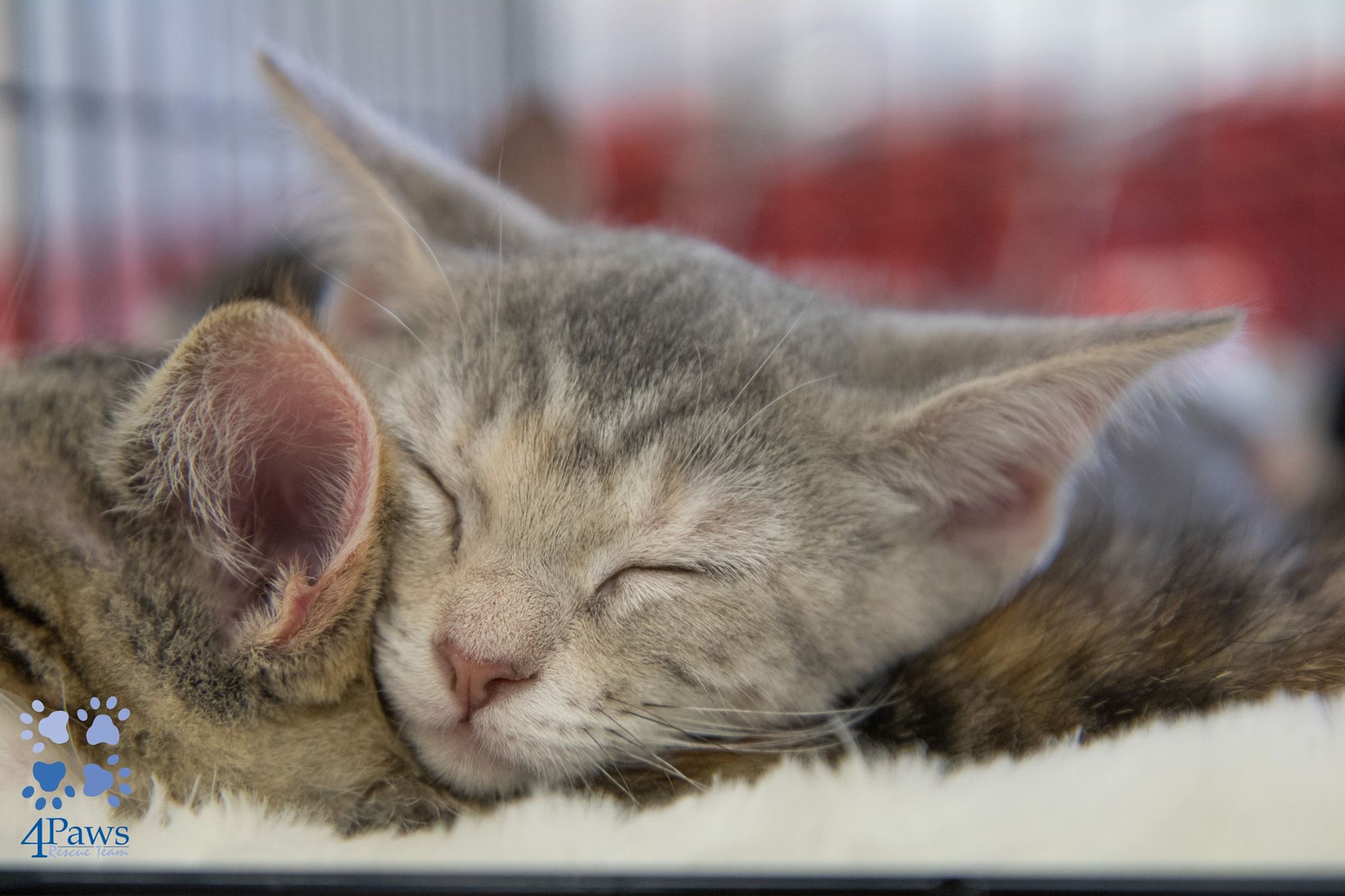4Paws receives many calls and emails from distressed owners looking for their lost cats. Volunteers try to return most of these calls, telling them of successful techniques that members have used to find lost cats. The following is combination of these methods and what you should know and do if your cat gets lost:
- Initially, your kitty will likely be disorientated and fearful, especially if it is unused to being outside. Calling the cat’s name may or may not elicit a response. It doesn’t mean that the cat is not there.
- Concentrate your search close to your home. Cats usually do not wander far.
- Look for areas near your property where cats are likely to hang out. Is there an empty lot across the street with trees and bushes that a cat would love to hide in? Is there a storm drain system close by? Is there a trash dumpster with food available in the area? Does your neighbor have a garden shed?
- Observe these places at night when cats are more likely to be out. Do you see other cats or raccoons in your neighborhood late at night? If you see them, quietly follow them and observe their territory. Feral cats and raccoons frequent the same locations where your kitty will likely be. If you think that there are no feral cats or raccoons in your neighborhood, you just haven’t been looking during the still of night. They are around and can give you valuable clues to your cat’s movements.
- Place LOTS of smelly canned food near your house and around the locations you identified as potential cat hang outs, especially just before dusk (tuna in OIL is the best). The importance of this step cannot be emphasized enough. Domestic cats are unequipped to survive in the wild, so it is imperative that food be provided. Your cat will stay in the area as long as there is enough food to eat. Placing the food out at dusk is best since fearful cats are more comfortable in the dark and consequently, more likely to come out to eat. Try to place the food in quiet secluded areas where you can observe activity from a safe distance. If possible, buy plastic storage boxes and some bricks to weigh them down. When tipped on their side, they make excellent feeding stations that protect the food from rain.
- After you place the food, call your cat’s name. Try to get him to associate you with food appearing. After a few days, he may remember you or get less fearful and come to your call.
- After a couple of hours, check the areas where you have placed food. If the food has disappeared, put more food out and again observe the area from a distance. Find out who is eating. See if it is your kitty. If it is other animals, especially cats or raccoons, this is GREAT. Just keep feeding them and maybe your cat will come out. Be sure to put enough food out so that your cat will get something to eat even after everyone else has eaten.
- Sprinkle your cat’s used litter around your property. Put their bed out and your worn clothes. Cats are extremely sensitive to scents and will stay near familiar odors.
- If it is cold, you must provide shelter. After food, it is the second thing that cats must have to survive. Some owners have left their garage door slightly open. You can also try placing their favorite food and litter box in the garage. Place bedding in areas that will remain dry during rain or snow.
- Post signs with your cat’s picture in your neighborhood. Find out if there have been any sightings of your cat and place food in that area.
- If you see your kitty and he won’t come to you, you may need to borrow a trap. Traps are available from your local shelter. Click here for information on how to trap.
- Call the shelter and local rescue groups and provide a picture of your cat. You may have to visit the shelter to make certain that then still have information on your cat. Better still, microchip your cat to make finding your cat at a shelter easier.
- Look on the Internet for additional websites offering more suggestions for finding lost cats.
- Let your vet’s office know your cat is missing and email them photos and a description.
- Finally, DON’T GIVE UP. Lost cats have been found weeks after they disappeared. Just be patient and keep feeding and observing.



